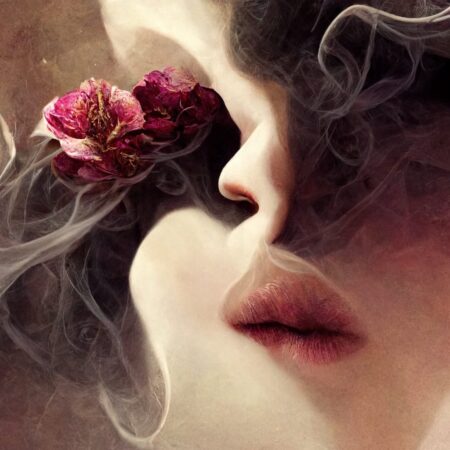
art by Emmanuelle Varron©
Take a moment and think of a favorite fragrance, remember a time when a bad odor warned you of danger or a good smell brought you comfort. We learned during the pandemic about the loss of taste and smell due to illness. Anosmia for many was a passing affliction, but journalist Emmanuelle Dancourt has lived with the complete absence of smell since she was born. She has never smelled her own body, her children, a flower from a garden, or the aromatics in cooking. “Smelling? I don’t know what it means.” She said in an interview in 2022, “It is only a representation that I made up out of the olfactive reactions of people around me, what they tell me, what I read about in the literature or in scientific papers.” This condition is a constant presence in her life and she wonders whether her home is safe from fire, a gas leak, or whether her personal care is offending others. Emmanuelle feels uncomfortable at times, so one of her solutions has been to use perfume, “often too much!”
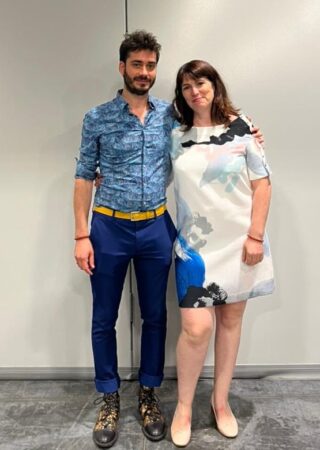
Perfumer Ugo Charron of Mane and Journalist Emmanuelle Dancourt (photo Emmanuelle Dancourt) ©
As a journalist, Emmanuelle has an avid curiosity and is determined to find out more about the process of perfumery and, perhaps, create her own scent, rather than one chosen for her by others. She knew how to research and began reading and investigating, beginning with the book Perfume: The Story of a Murderer by Patrick Süskind. In addition to reading scientific articles, she interviewed other anosmics and turned those interviews into podcasts to create awareness. “On a more personal side, I was continuing my quest for grasping this unreachable world of scents,” she said.
She met Ugo Charron, a junior perfumer at Mane, whose interests include research into ways to combine fragrance with synesthetic language—using other senses to describe scent and for Emmanuelle it was exactly the sort of experiment that might bridge his world to hers. “In a sense, we are very much opposed. But we are also driven by our curiosity and the feeling that this may well lead to something. Just a feeling. An idea.” Their exchanges resulted in a challenge to themselves to create a fragrance using other senses combined with emotions. Emmanuelle was the perfect person to team up with Ugo on this exploratory work. Together they began the process of using taste, color, and touch to find ingredients for their collaboration.
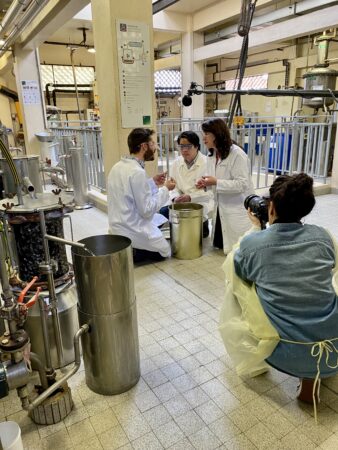
Emmanuelle Dancourt at Mane Tasting Orris Root (photo by Emmanuelle Dancourt)©
One of the first ingredients Ugo mentioned was orris root and when he told Emmanuelle that it is reminiscent of skin, it evoked her sensitivity to touch and need to get close to people and feel them. She told him that as a child she put everything in her mouth. Which is what she did. In a visit to the Mane factory, she immediately put a piece of orris root into her mouth to become familiar with it through taste, a sense intimately tied to smell. Inspired by her exploration, Ugo tried tasting orris and found that he was able to describe it more completely, saying that “Synesthetic language is a powerful tool to be more precise at describing sensations.”
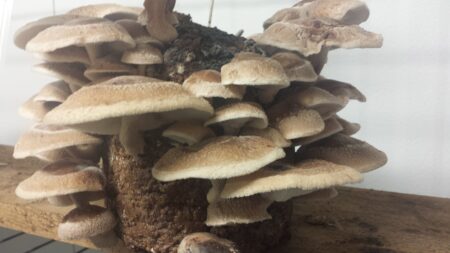
Mushrooms by Elise Pearlstine©
Florals are essential to the blending of a perfume—how to choose the perfect scent? Ugo and Emmanuelle put together a bouquet of various flowers including soft pink roses which became the inspiration for a velvety pink rose heart highlighted by the green of galbanum and an umami accord. Umami became a key note in the perfume because it is one of the tastes that anosmics love. To Emmanuelle umami is “the taste of fat, rich, creamy and delicious!” The molecule that gives us the aroma of umami is monosodium glutamate or MSG which doesn’t have a strong smell but, to Ugo, it has a flavor that is salty, smoky and savory. Umami also became integral to the name of the perfume, UMEMA, which refers both to Emmanuelle and the taste with a U at the front for Ugo.
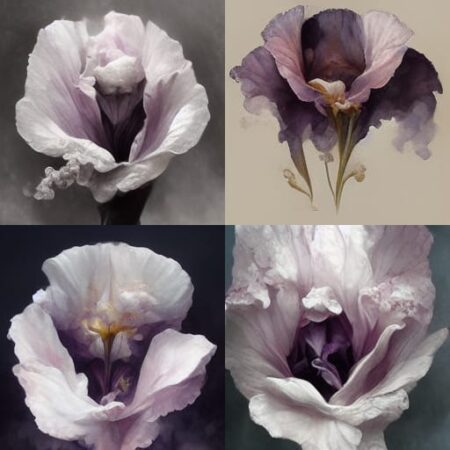
art by Emmanuelle Varron©
The notes in UMEMA reflect Emmanuelle’s preference for soft textures and shapes like the velvety rose or the unctuous taste of umami. UMEMA notes include Blackcurrant Bud Absolute, Red Seaweed Jungle Essence, Bergamot Oil, Mate absolute for top notes. The floral heart blends an Umami Accord, Galbanum Oil, Rose Superessence, Hazelnut Neo Jungle Essence, and the base contains Cacao Resinoid, Vegan Musc, Orris Concrete, Fir Balsam absolute.
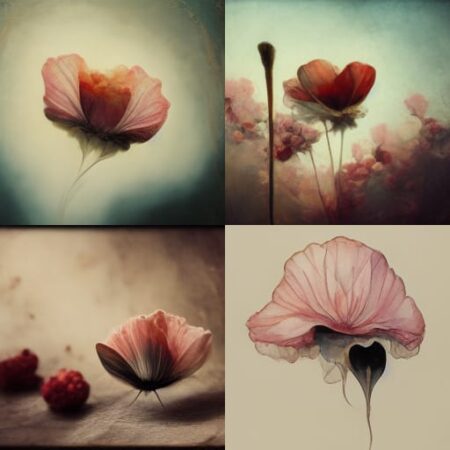
art by Emmanuelle Varron©
We wear perfume as a message to the world, as a part of our identity, or to make ourselves feel good. UMEMA has become Emmanuelle’s olfactory identity and she never forgets to wear it. “This perfume reassures me” she says, “because I know that my body smells good. It gives me more self-assurance and a lot more strength in my relation to the world. I am also happy to wear an invisible product that speaks of me while I carry an invisible disability that does not speak of you.”
Elise Vernon Pearlstine, Senior Contributor
